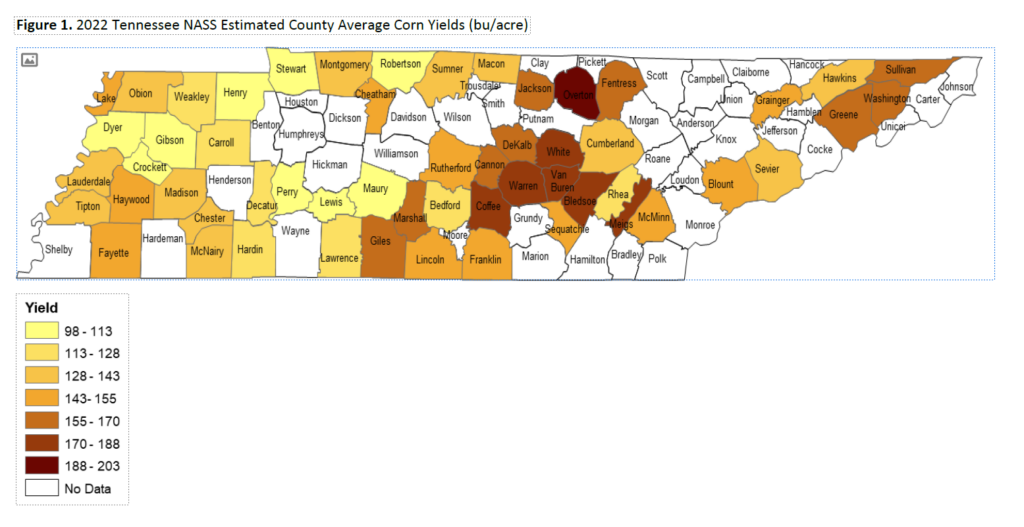This time of year as we move to burndown behind the planter we typically get some reports of mixing issues when either glyphosate or Gramoxone is added to the tank with residual herbicides like atrazine, metribuzin, Cotoran, Caparol, fomesafen or a pyroxasulfone containing product. What happens is the white herbicides will often clabber up and stop up screens and strainers in the sprayer. Continue reading
Category Archives: Cotton
Another April cold snap, too close for comfort
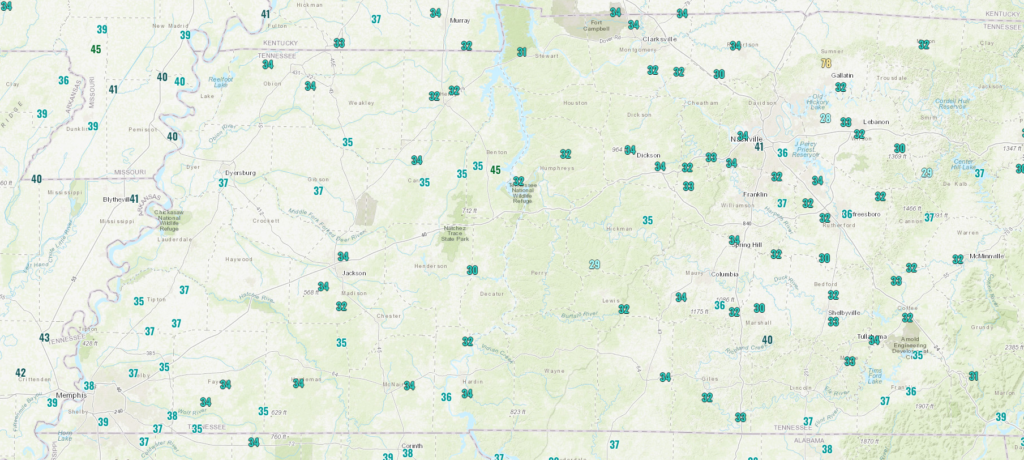 Yet another cold snap moved through the area this past weekend and several had questions concerning the possibility of this event to damage our wheat crop. I’ve pasted a copy of the NOAA observed low temperatures throughout most of Tennessee’s wheat producing areas, and as you can see from the image temperatures fell very close to dangerous levels. Additionally, frost was reported in several areas. Continue reading
Yet another cold snap moved through the area this past weekend and several had questions concerning the possibility of this event to damage our wheat crop. I’ve pasted a copy of the NOAA observed low temperatures throughout most of Tennessee’s wheat producing areas, and as you can see from the image temperatures fell very close to dangerous levels. Additionally, frost was reported in several areas. Continue reading
Application Time of Day Affects Gramoxone Performance on Some Weeds
With the planting season started, many people are thinking about using Gramoxone (paraquat) as a burndown for many weeds present at planting. Gramoxone is a very good broad-spectrum herbicide that has been the go to for burndown of many winter and summer annual broadleaf weeds. With Palmer amaranth starting to emerge, Gramoxone is the only sure thing that will control it. However, it is less consistent controlling some weeds like horseweed (marestail). Continue reading
Early Burndown Results
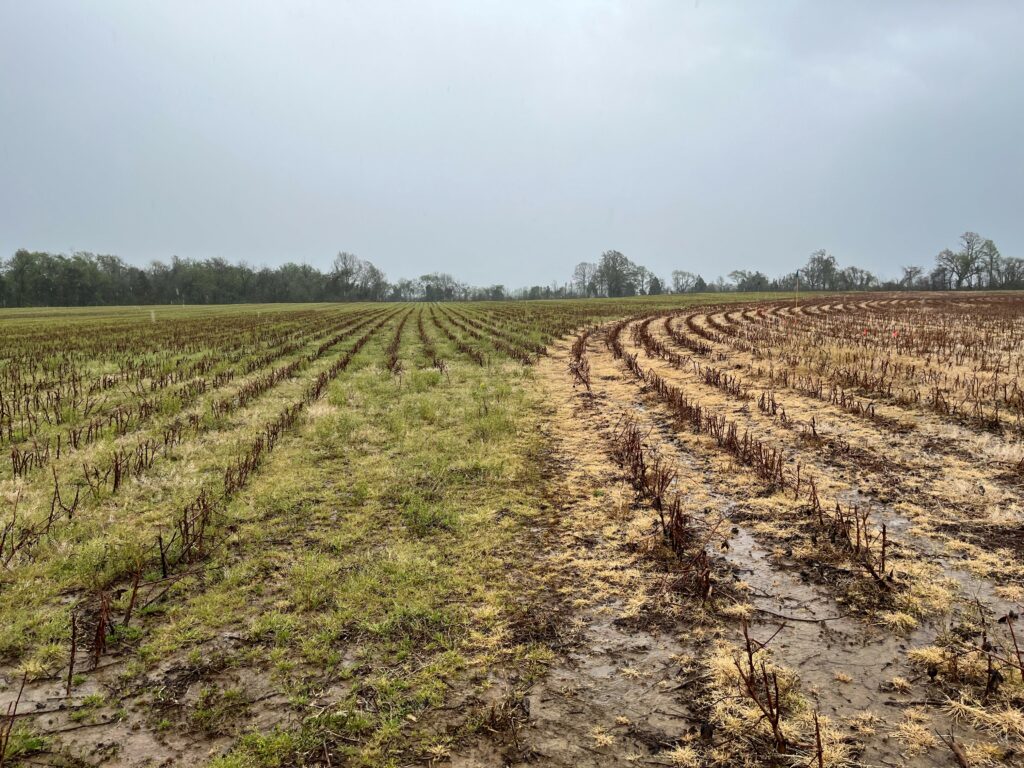
We have had the opportunity to observe field and demo burndowns around West Tennessee. In general, going back “old school” and applying glyphosate alone provided very effective burndown. This includes applications made back in mid-March when night time temperatures were below freezing (Picture 1). Continue reading
Importance of Using Effective Residual Herbicides in Soybean and Cotton
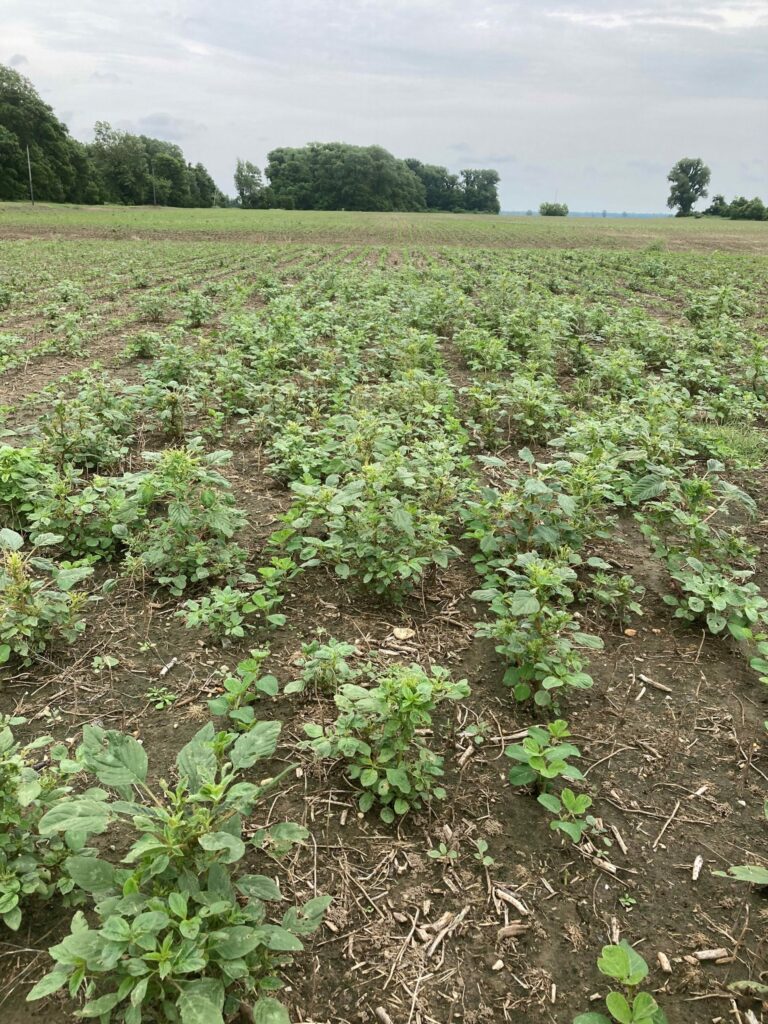
Increase in input costs and lower relative commodity prices compared to last year may tempt some to forgo using a PRE this spring. Since glyphosate and dicamba have actually gone down in price, it may be tempting to try this combination near planting, then hope that dicamba will provide enough residual weed control to hold until those herbicides can be applied again early POST. Continue reading
2022 USDA NASS Estimated County Average Yields for Corn, Soybean, and Wheat in Tennessee
S. Aaron Smith, Associate Professor and Extension Crop Marketing Specialist
Beck Bowling, Extension Specialist
Department of Agricultural and Resource Economics
University of Tennessee
Below is a summary of USDA NASS Estimated County Yields for Tennessee. Data is displayed for all available counties as of March 28, 2023. Additional data can be found at:
https://quickstats.nass.usda.gov/
To view this article in PDF form with all attached figures, please click the image above. Continue reading
Cover Crop Burndown Time
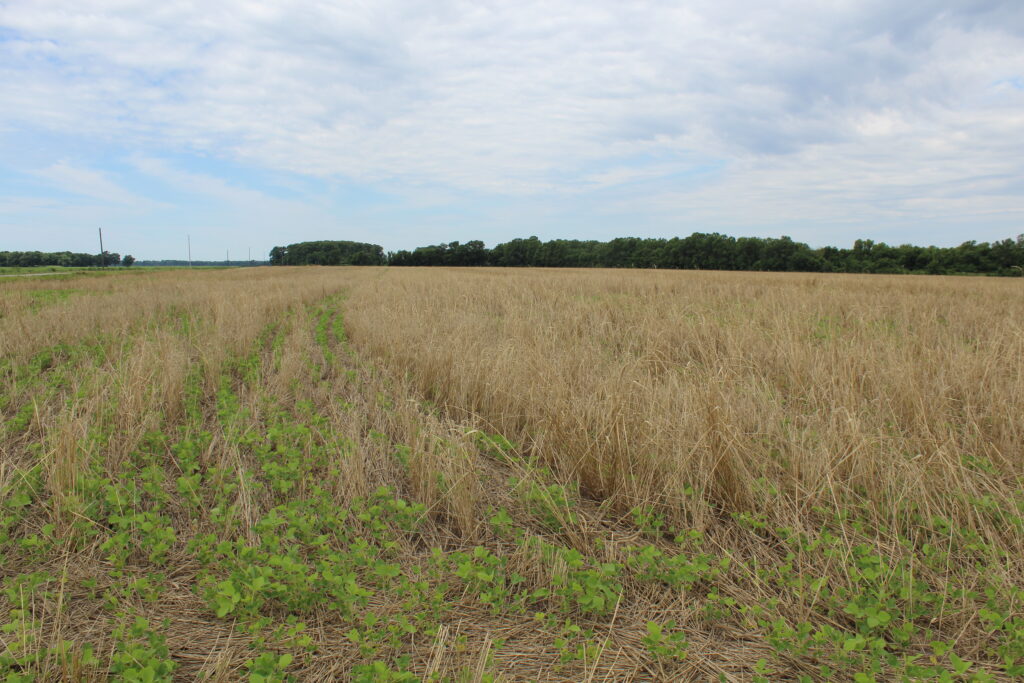
It is cover crop burndown time. There is no one size fits all recommendation for cover crop control. It really depends on the environment and the cover crop species in the field. With respect to environment, cover crop burndown can be tricky during periods of long stretches of saturated soil conditions. This is particularly true with systemic herbicides where translocation of those herbicides to growing points can become limited. Continue reading
Breaking the Green Bridge
As general rule, no-till production increases the risks from pests including slugs, cutworm, threecornered alfalfa hopper and several below ground pests such as wireworm and southern corn rootworm. Tillage is not an option in most of Tennessee’s agricultural landscape. This leads entomologists to recommend spring “burndown” applications 4 weeks in advance of planting. The goal is to “break the green bridge” or eliminate alternative hosts (weeds, cover crops) well before planting the cash crop.
However, making burndown applications 4 weeks prior to planting isn’t always possible or it doesn’t align with the goals of having cover crops. One way to help mitigate potential insect issues in late burndown is to add a pyrethroid insecticide with your herbicide application or within 7 days of planting. Beware blooming and pollinator attractive cover crops (vetch, brassica species) may have foraging honey bees and pyrethroids should not be utilized until the plants are not longer attractive to pollinators (desiccated or senescing from herbicides).
Utilizing insecticide seed treatments will offer protection against pest insects that may feed on your cash crop. If you are planting green (not burning down cover crops until after planting) I highly recommend a robust insecticide seed treatment and a pyrethroid insecticide that is included with the burndown herbicide. In corn this would be Poncho 500 or 1250, in soybeans Gaucho or Cruiser treated seed and in cotton Gaucho or Aeris based treatments will offer adequate protection from most below ground and some above ground pests. Keep in mind, seed treatment residual activity is strongly influenced by environmental factors, plant growth and amount of AI on the seed.
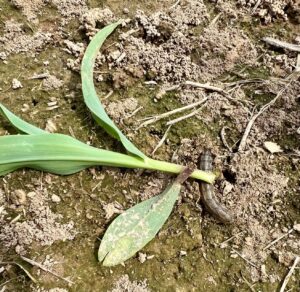
Cutworms in corn and cotton are uncommon but can be a serious pest. Pyrethroid applications within a week of planting will significantly reduce the risks of cutworm issues at low cost. Insecticide seed treatments are normally not enough to control cutworms and Bt traits in corn and cotton can offer mixed results depending on the traits. Three gene corn and cotton (those that include the Vip trait) provide better cutworm control than dual gene corn and cotton (V2TP, BG2 etc).
Overall, I like to see farmers planting in grave yard dead fields of weeds or cover crops but that isn’t always the case. Providing protection for your cash crop, at a relatively low expense, may help avoid the painful and costly decision to replant.


